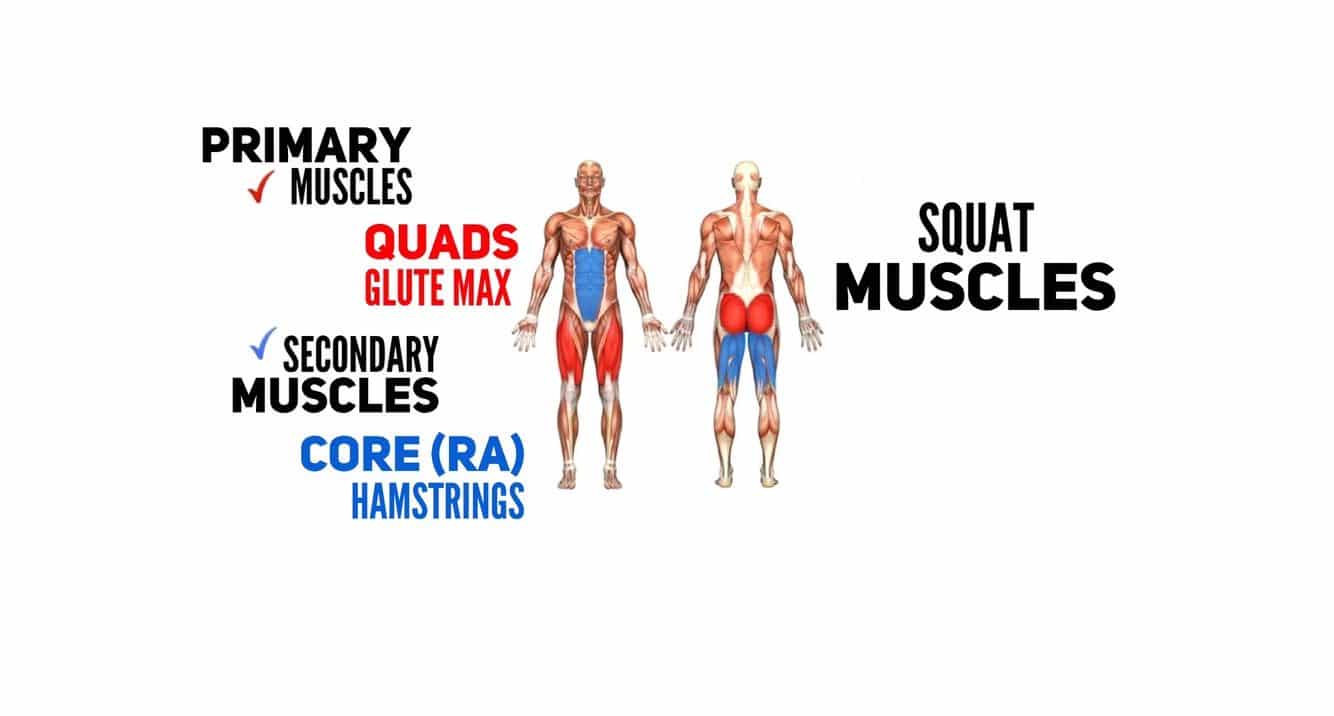Front Squat Vs. Back Squat: How do they differ?
So many people at the gym are performing both front squats and back squats, without ever really understanding the difference. How are they different? What muscles do they elicit? While all squats generally elicit the same muscles, the different lies in which are fired more during which movement. The muscles of squat we will investigate include:
- glute max
- Semimembranosus (Hamstring muscle #1)
- Semitendinosus (Hamstring muscle #2)
- Bicep Femoris (Hamstring muscle #3)
- Rectus Femoris (Quadricep muscle #1)
- Vastus Medialis (Quadricep muscle #2)
- Vastus Lateralis (Quadricep muscle #3)
- Vastus Intermedius (Quadricep muscle #4)
- Abdominal Muscles (Core)
What Does Research Say about Front Squats and Back Squats?
An EMG (electromyography) based study published in 2015, aimed to differentiate the front squat from the back squat based on the excitation of the primary squat muscles. Not only did the study test the back squat against the front squat, but it also tested different phases of the squats. It tested the descending (going down) phase, the isometric (pause at bottom) portion, and the ascending (or going up) phase. Here were the important findings:Back Squat:
During the isometric (pause at bottom) phase of the back squat:- All the muscles activated nearly identically (except one muscle) to the front squat.
- the bicep femoris and semitendinosus (two hamstring muscles) and the glute max had far more activation in the back squat.
Front Squat:
During the isometric (pause at bottom) phase of the front squat:- the vastus medialis (quadricep muscle) fired more in the front squat than the back squat. This was the only muscle that activated differently during the isometric phase of both squats.
- The same muscle, the vastus medialis was activated much more than the back squat.
- Overall, all the muscles were more active than they were in the descending (going down) portion of the front squat. Indicating all the muscles worked much harder coming up than going down in the front squat.


I constantly emailed this blog post page to all my associates, as if like to read it after that my contacts will too.
Thanks for the insights. This article is very helpful.
I learned so much from this article that I keep checking this back from time to time